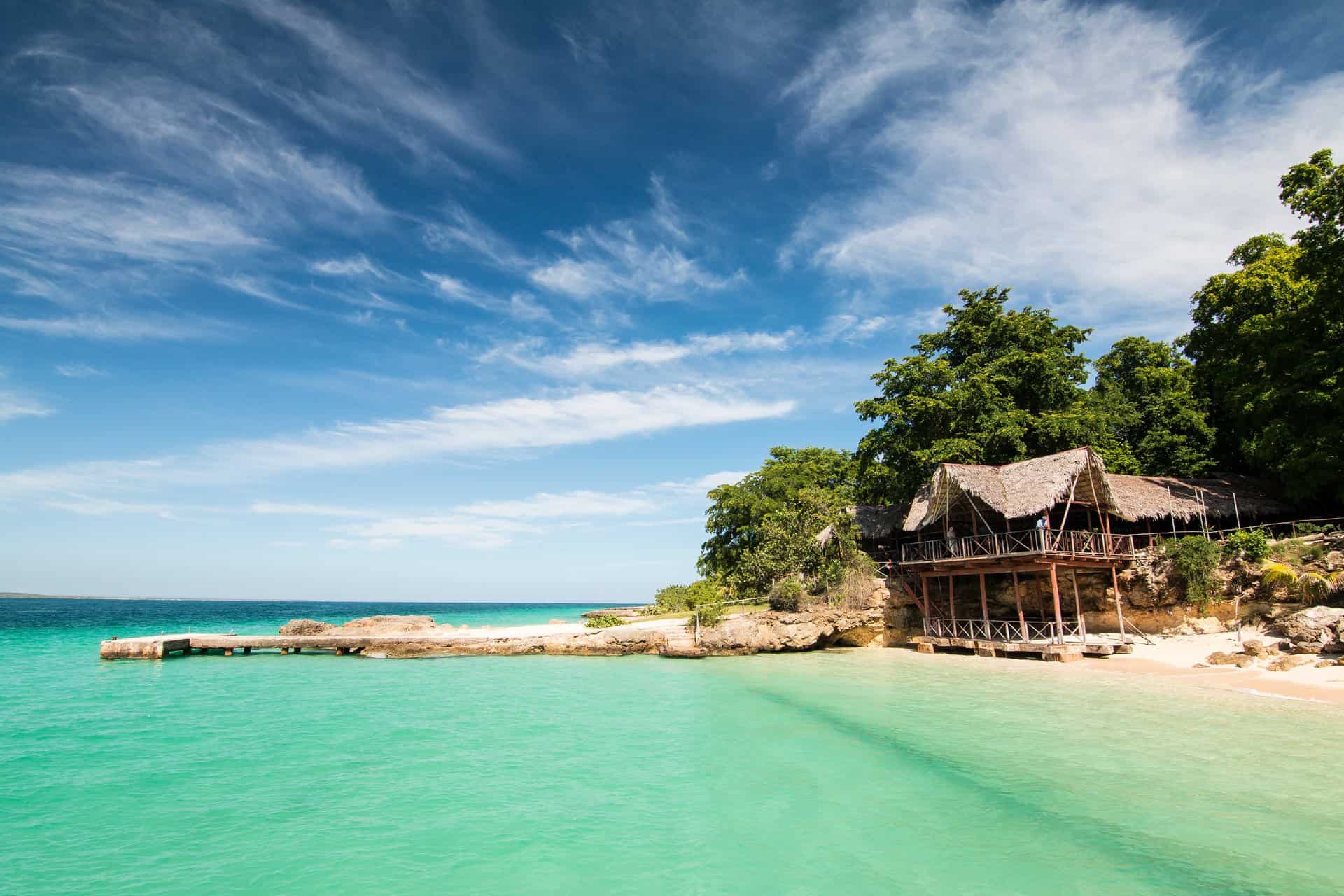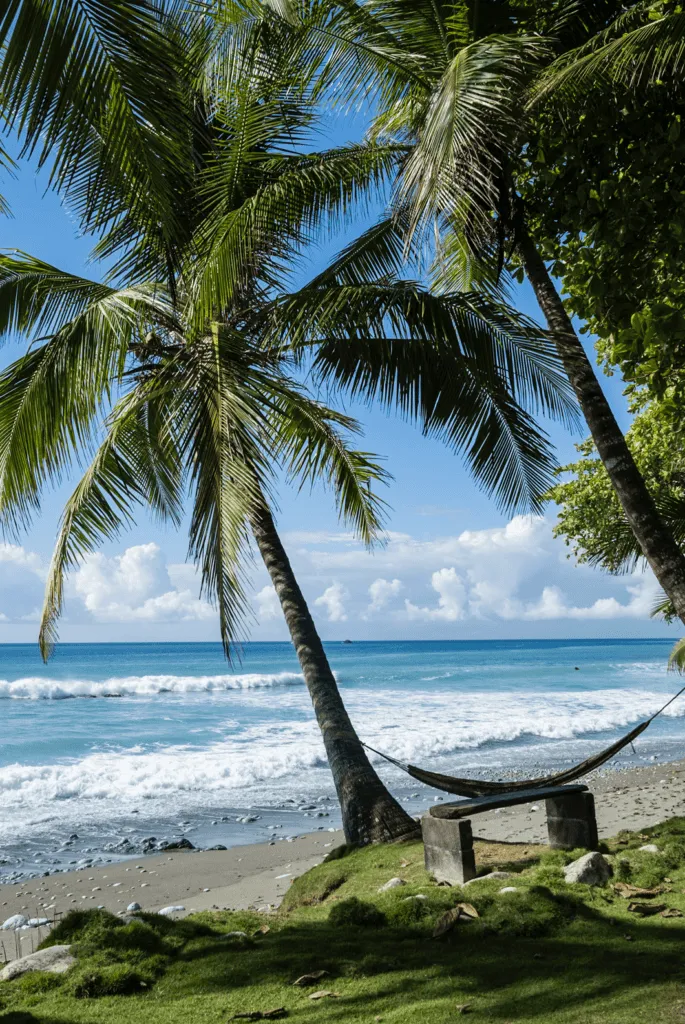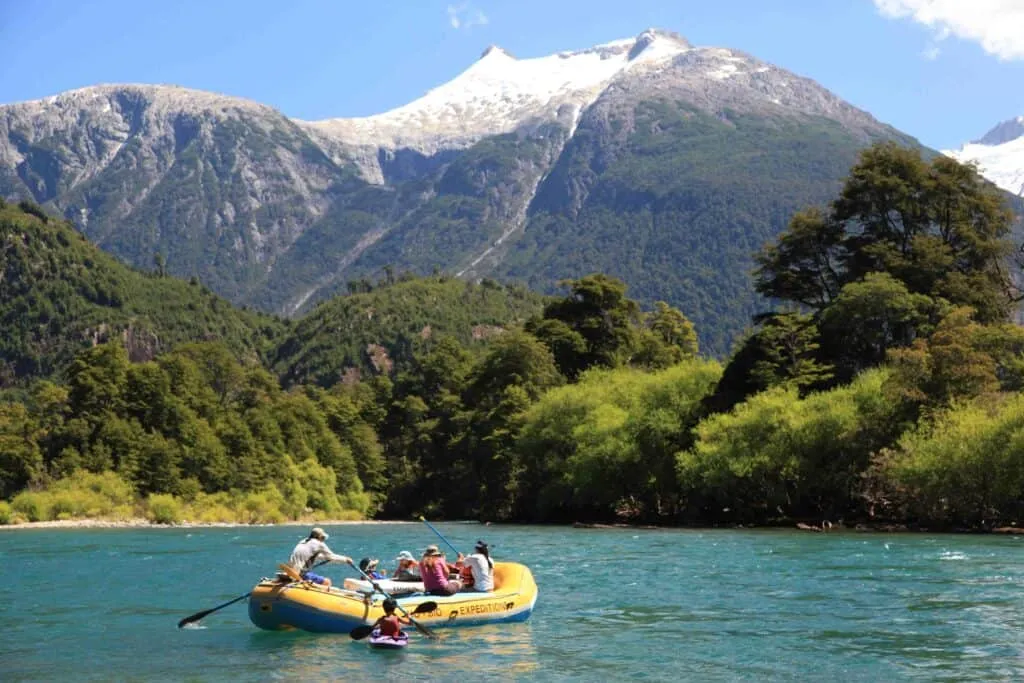
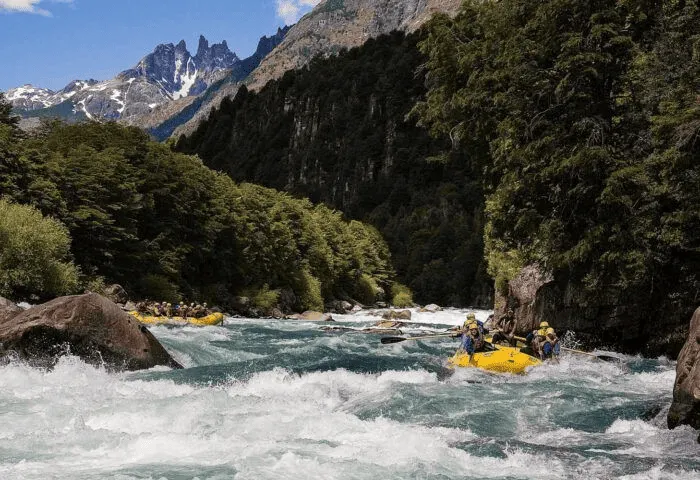
“For more than a century, gauchos and adventurers have been drawn to the mighty Río Futaleufú, in Chile, for whitewater rafting.”
Stanley Stewart is an acclaimed travel writer with over two decades of experience writing for publications on both sides of the Atlantic. He is a regular contributor to The Sunday Times and The Daily Telegraph, where his work has won numerous awards, including Travel Writer of the Year on six occasions. Here for Travel + Leisure, he shares his experience of travelling to Chile’s Futaleufú, where he was a guest of Plan South America.
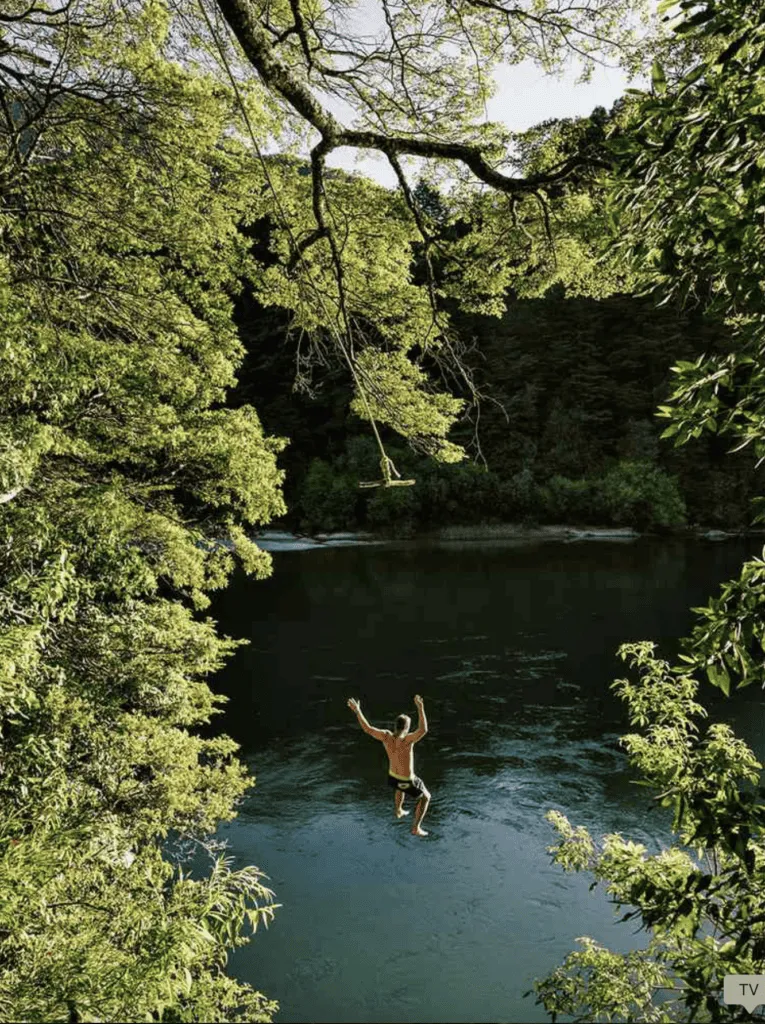
I could see the river from Don Polo’s kitchen window. Laden with silt and gravel, ominously opaque, the Río Futaleufú surged between boulders. Locals had built a footbridge because so many people had died crossing a ford there in winter.
Here in Chile’s northern Patagonia, the rivers are powerful and omnipresent. They created this landscape, made Don Polo’s ranch possible, and directed the course of lives. But they are capricious, unreliable allies. I recalled TS Eliot’s description of the Mississippi River as a strong brown god, “sullen, untamed, and intractable.” Never trust a river, Don Polo said.
Don Polo is a gaucho. His hands, I noticed, were like tree roots; around his neck, he wore a pretty floral scarf. We were sitting in his kitchen on a spring afternoon, the apple trees around the house in blossom. Don Polo opened another bottle of chicha, his homemade liquor. He told me he was going to turn 83 next week. “My father came into this country on horseback, across the passes from Argentina,” he said. “He was overwhelmed by the beauty and the possibilities of the lands of the Río Futaleufú. He always said this country felt like a whole new world.”
We could hear the river through the open kitchen door, like a low roll of thunder. Don Polo told me stories, like the time he was stranded for 12 days on a tributary of the Futaleufú as the rising water threatened to carry him and his horse away. He said I needed to understand the history of this place.
Chilean Patagonia stretches more than a thousand miles, from the temperate rain forests near Puerto Montt in the north to the glaciers of the Magallanes region in the deep south. Curiously, it was the extreme south, the country’s farthest tip, that was colonised first by Europeans. Before the Panama Canal, ships had to pass around Cape Horn, and a vibrant wool trade developed around nearby hubs like Tierra del Fuego and Punta Arenas on estancias, or ranches, carved out from lands stolen from the Indigenous Aonikenk. Even today, most visitors to Chile hurry from the capital, Santiago, to Torres del Paine, flying over the long empty reaches of northern Patagonia.
But it was northern Patagonia I had come for, the provinces that remain Chile’s last frontier: remote, rugged, and spectacular. Here, the towns rarely have more than a couple of thousand inhabitants, and for long forested distances, there simply aren’t any towns at all. As the Andes slowly converge on the Pacific, the country becomes a wilderness of fjords and splintered islands, of dense temperate rain forests, lakes formed by glaciers, and scattered estancias the size of counties.
Thousand-year-old Fitzroya cupressoides trees — the Patagonian cypress — rise through the canopy, and the snowy peaks of the Andes climb toward the Argentinean border, rarely more than 20 miles (32 km) away. Mountain lions stalk the elegant guanaco, the llama’s wild cousin, and Andean condors sail between mountain peaks. Ravishingly beautiful, this is a place of superlatives. Locals claim the first settlers called it “un paisaje pintado por Dios” — a country painted by God.
Rivers are central to this part of Chile. A skein of unruly waterways surges out of the Andes, knitting the country together, slicing through canyons, cascading between dark lakes — the Río Azul, the Espolon, and the Tigre, where Don Polo was stranded. But one is preeminent. From Alaska to Zambia, people speak of the Río Futaleufú (pronounced foo-tah-lay-oo-foo) in hushed tones. Located in Chile, it is one of the greatest whitewater-rafting rivers on earth. In the Indigenous Mapuche language, Futaleufú means “big water.” Let’s just say the name doesn’t really do it justice.

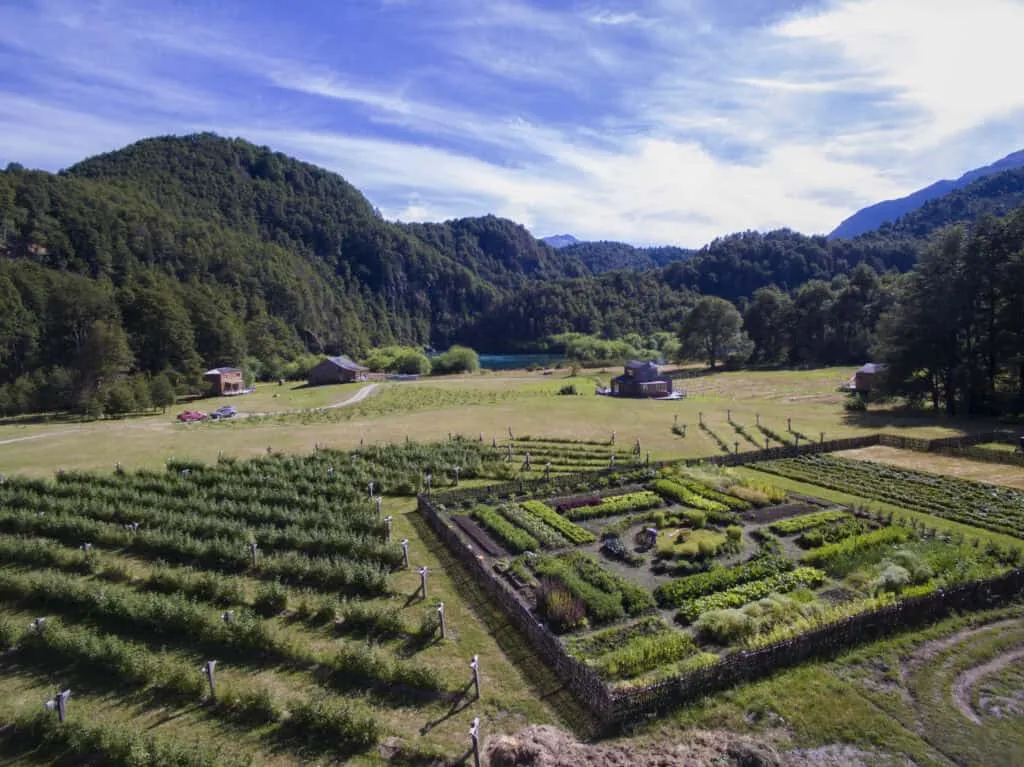
It’s not easy to get to northern Patagonia. After arriving in Santiago, I took a short flight to the city of Puerto Montt, then a floatplane south, shadowing the Pacific coast and banking over the town of Chaitén, which was cut in half by a wide avenue of ash from the Chaitén Volcano, dormant for 9,000 years until it suddenly erupted in 2008. Then we swung inland between summits armoured with snow. Suddenly the Futaleufú was beneath us, a bright serpent shining between dark banks, its surface silvered by the sun. Three thousand feet up, we followed its course as it curved between mountains. For a moment I was distracted by condors sailing below, and when I looked again, the Futaleufú was jade green and smooth as glass between black cliffs. We came in low over a forested ridge and landed on Lake Lonconao, its surface crowded with the reflections of snow-covered summits. As the engines cut, a sudden silence descended on our little plane, followed by birdsong and the soft lap of water.
The Río Futaleufú has been drawing kayakers and rafters since the 1980s, when USA Olympian Chris Spelius heard about the rapids here and decided to begin outfitting trips. For adrenaline-fueled river rats, it doesn’t get any better. But the gravitational pull no longer comes solely from whitewater. Climbers and trekkers come for the mountains. Fly fishermen come for the Futaleufú’s promising pools. Travellers of all sorts come for the remoteness, and the sheer beauty of this country, for horseback riding, trekking, and canoeing on pristine lakes.
Generations ago, settlers like Don Polo’s father came to clear the forests for their estancias. Today another breed of settlers is coming to Futaleufú, romantics drawn by the name and the lure of Patagonia, searching for a different life. Pata Lodge, named after the valley it’s located in, was my first landfall in this new frontier.
South of the small town of Futaleufú, a steep track twisted downward through enchanted woods of coigue trees, bearded with lichen and knee-deep in a chaotic undergrowth of bamboo and giant ferns, until finally the path emerged in the flat-bottomed Pata Valley. Framed by forests and enclosed by an amphitheatre of mountains, the valley felt like a lost world. Six stylish wooden cabins and houses were scattered across wide swaths of grass. A greenhouse stood at the centre of the fenced gardens. Sidling through the valley was the smooth-faced Futaleufú. Hugging a tall cliff on the far shore, it opened wide, watery arms to a small sandy beach on the bank. In the afternoon light, swallows skimmed the glassy surface and rainbow trout lurked in the shallows like ghosts.
Pata Lodge is a delightful, rustic resort; I could happily have spent a week there, savouring the solitude, kayaking the river, exploring the forests, fly-fishing, and eating home-cooked farm-to-table meals. All the cabins are different — some are meant for large groups or families, some with mezzanines or outdoor porches. All are set a comfortable distance from one another across the small valley, but each is just a short stroll from the organic Pata Bistro, the heart of the resort.
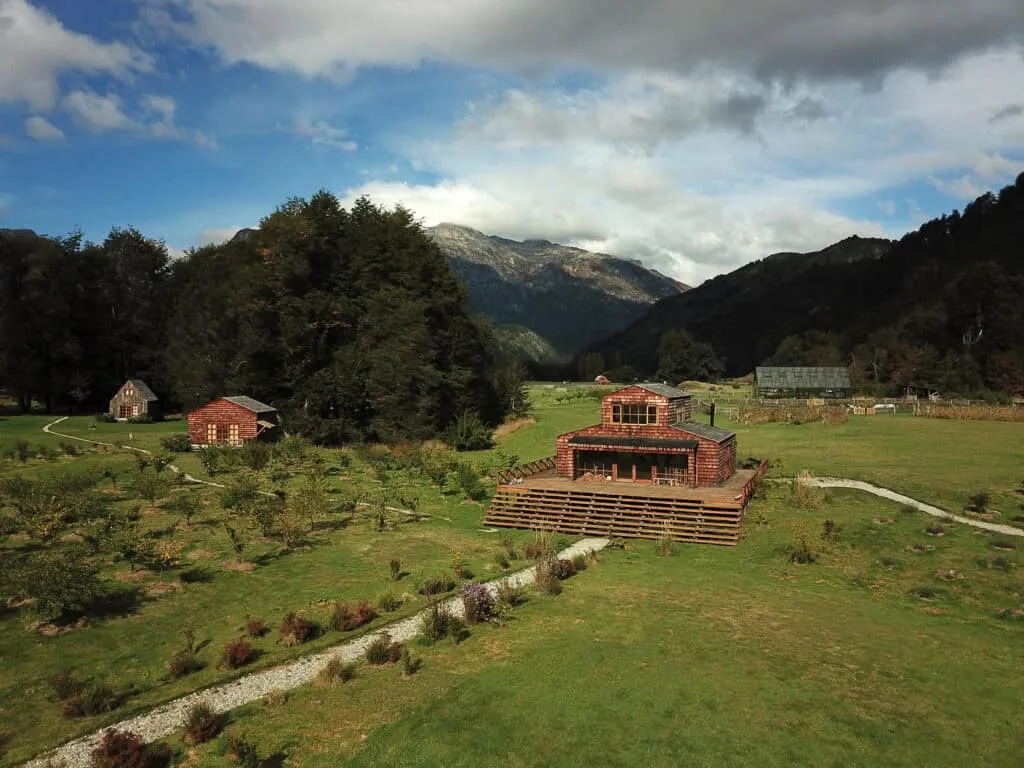
In addition to being a lodge, Pata is also a community inhabited by a small group of enterprising young couples from Brazil, buoyed by ideas about protecting these wonderful forests, about a sustainable existence, and about a healthier work/life balance. They partnered to buy more than 1,700 acres of land to create this idyllic retreat, which includes three “smart villages” in which long-term residents work in organic farming, beekeeping, and sheep breeding.
“We wanted to find a more harmonious and sustainable existence, closer to nature,” said Marcelo Schaffer, one of Pata’s cofounders, who had previously worked in advertising in São Paulo. “We all have young children. We wanted something better for them, something slower, freer, that we could pour our hearts into.” It’s a New World story with ancient roots — the quest for a new life and new meaning in a remote environment.
About a half-hour’s drive away, along winding gravel roads, a similar dream is taking shape. Here, perched on a high ridge above Lake Lonconao, is a four-cabin property named Mapu, which Gustavo Zylbersztajn and Patricia Beck created as both a retreat for discerning travellers and a new home for their young family. Coincidentally, they are also from São Paulo — the city seems to shed sensitive creatives like autumn leaves. Zylbersztajn is a well-known Brazilian photographer; Beck was a model for 20 years. “We wanted to find a place to live more naturally, to find a slower pace of life,” Zylbersztajn said. “We wanted time to live in the present.”
They have brought an artistic sensibility to Mapu’s cabins and shared spaces. The triangular quincho, the central dining and living area, is a striking architectural creation, its exterior all glass and burnished steel, its interior a study in mountain-lodge chic, with comfy sofas, warm wood-clad walls, an open kitchen, and huge landscape photographs. The cabins, built deep in the woods, supported on stilts, feel like modern tree houses with panoramic views. When I opened my eyes in the morning, I could gaze through a floor-to-ceiling window at the foot of my bed at shadows rippling across Lake Lonconao.
At one point I was knocked flat in the raft. Hands scrambled to keep me inside. It was terrifying. It was wonderful. When it was all over, I was soaked, exhilarated, buzzing with adrenaline — and wanted nothing more than to do it again.
The two properties have a shared culture, and one that is common to so many new enterprises in Futaleufú. These lodges may be stylish and professional, but they are not mere businesses. They are personal passions — for the place, for sustainable living, for a new life in this territory.
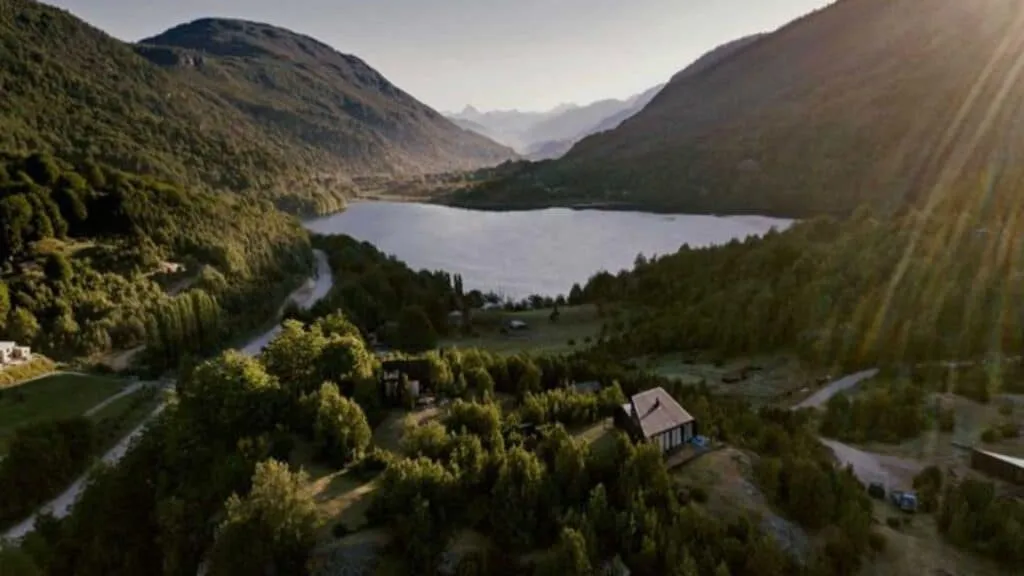

The settlers who arrived just over a century ago were a less idealistic breed. They cleared land for classic Patagonian sheep and cattle ranches. Unlike the dry steppes of Argentinean Patagonia, this is a lush country, with temperate rain forests, watered by the rivers and the rain shadow that falls on this side of the Andes. The grazing was good.
The working estancias are still here: sloping pastures for cattle and sheep, bleached wooden fences snaking down to the rivers, weathered barns where last year’s fleeces hang from the rafters. Don Polo’s estancia, where an antique mechanical harvester peers out of a doorway, could be the archetype, part of a world that is reminiscent of the American frontier in the late 1800s. The conflicts, too, echo the United States’ early West. There are legends and stories of feuds over land and cattle, of bloodshed, as the first settlers tried to keep later arrivals from staking a claim in Futaleufú. In a place with no law enforcement, the gauchos were quick to take to their horses and their guns to settle disputes.
Until the late 1980s, traditional cattle drives were still common in Futaleufú. Every year the gauchos drove 200 to 300 head to Chaitén, a 15-day ride. Don Polo went on his first drive more than 70 years ago, at the age of 10. He remembers the pride he felt — being allowed into the company of men — and the adventure of the river crossings, when the waters could rise unexpectedly. One year, on their way home, they were stranded on the banks of the Río Tigre, a tributary of the Futaleufú. They survived for 12 days on wild apples and raw fish until they were rescued by helicopter. As he told me this, Don Polo shook his head and laughed.
These days, Futaleufú’s adventures are still about the river and its turbulent waters. At Bio Bio Expeditions Camp, a group of tented bungalows 16 miles (25.7 km) south of town and accommodation central for eager rafters, all the talk was of whitewater and sea kayaking, of Class V rapids and legendary kayakers. The camp includes comforts like its saunas, massage studios, and hot tubs, but even on a contemplative evening like this, chilling around the fire, the air seemed to crackle with adrenaline. Later in my tent, which was perched on the bank, I lay listening to the river’s deep growl just beyond the canvas. It was time, I realised, to get out on the water.
The next day we geared up in a clearing and made our way down to the riverbank, armed with a paddle and a life jacket, which somehow didn’t seem enough to do battle with some of the planet’s most fearsome rapids. The river was calm at our launch point, but it soon became a cauldron. I remembered Don Polo’s advice — never trust a river.
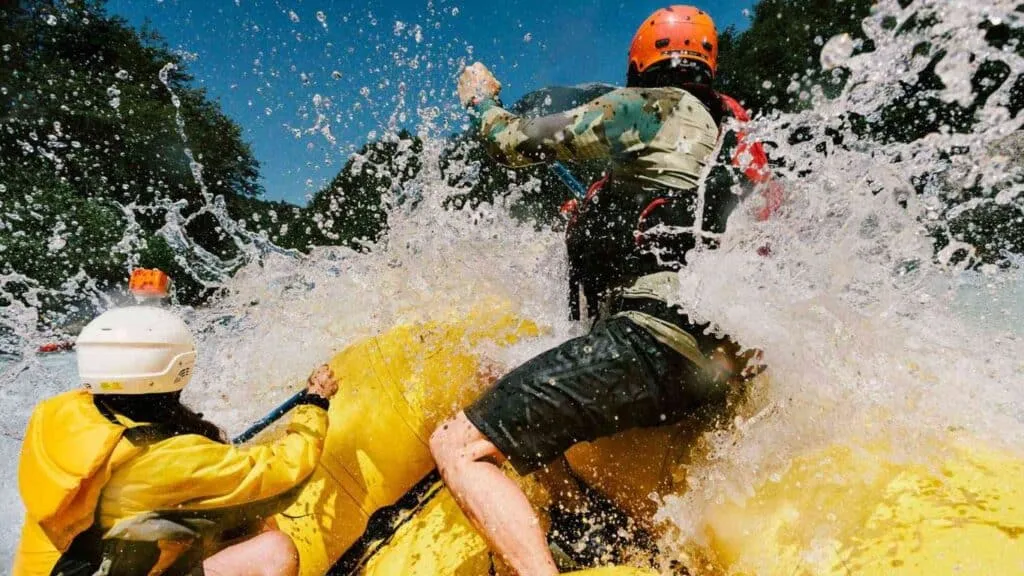
Four of us, by chance all novices, climbed a little nervously into the body of the raft. Though we were ready to paddle on command, we were essentially passengers, not rafters. In the stern, perched on an elevated rig, was our helmsman, Ernesto Medina Toro (nicknamed Peque, which roughly means “small guy”), inscrutable behind mirrored shades. Managing two long oars, Peque would steer us through the next 90 minutes of wild water, expertly navigating the boundary between adventure and catastrophe. Two guides in a pontoon-like vessel shadowed us downriver. They were the emergency services, the first responders in the unlikely event we should be knocked overboard or the raft capsized.
I soon lost count of the rapids. Were there eight or nine or 20? I had no idea. They seemed to come at us with exhausting persistence. In this reach, the river was trapped in canyons, tumbling between black walls, its belly littered with fearful boulders, around which the currents piled like tsunami waves. In the slack water, between the rapids, we paused in eddies close to the banks, trying to catch our breath before the next onslaught.
The Futaleufú was wilder, and better, than I could have imagined. The river seemed to stand up on its hind legs and hurl itself at us. In the seething current, holes the size of trucks opened in front of us. Foaming walls of whitewater reared above us. The river filled the raft, swamping us, spinning us around, then lifting us almost vertical, so for a moment, our bow was facing the heavens. We were tossed like rag dolls. At one point I was knocked flat in the raft. Hands scrambled to keep me inside. It was terrifying. It was wonderful. When it was all over, I was soaked, exhilarated, buzzing with adrenaline — and wanted nothing more than to do it again.
But the truth is you don’t need to run the river, to wrestle with the world’s biggest rapids, to enjoy the Futaleufú. There is adventure for those who want it, but the abiding feature of the area is something completely different — the kind of soothing calm you find among forests and lakes and mountains.
Early one morning, I sat out on a porch at Pata Lodge with Marcelo Schaffer. A warming sun rose above the mountain ridge and crept across the valley floor, evaporating the night’s dew. “We want to create new ways of living and working,” he told me. “We want to remember we are caretakers of the planet. And there are few places as beautiful as this to embrace that idea.”
Related Stories
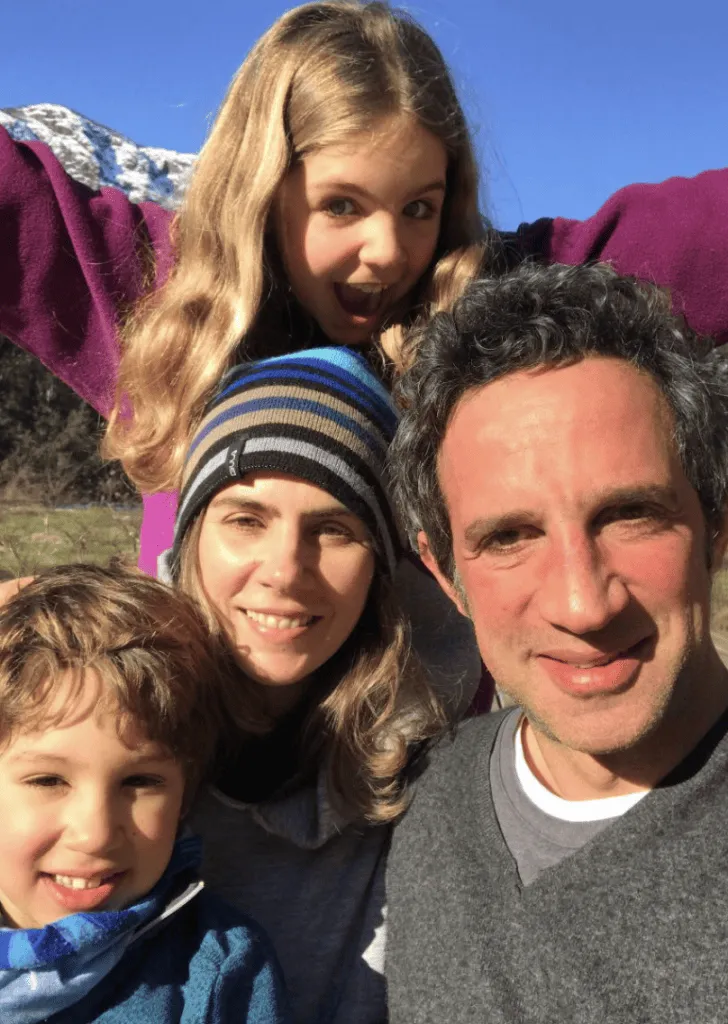
An Interview With Marcelo Schaffer from PATA Lodge, Chile
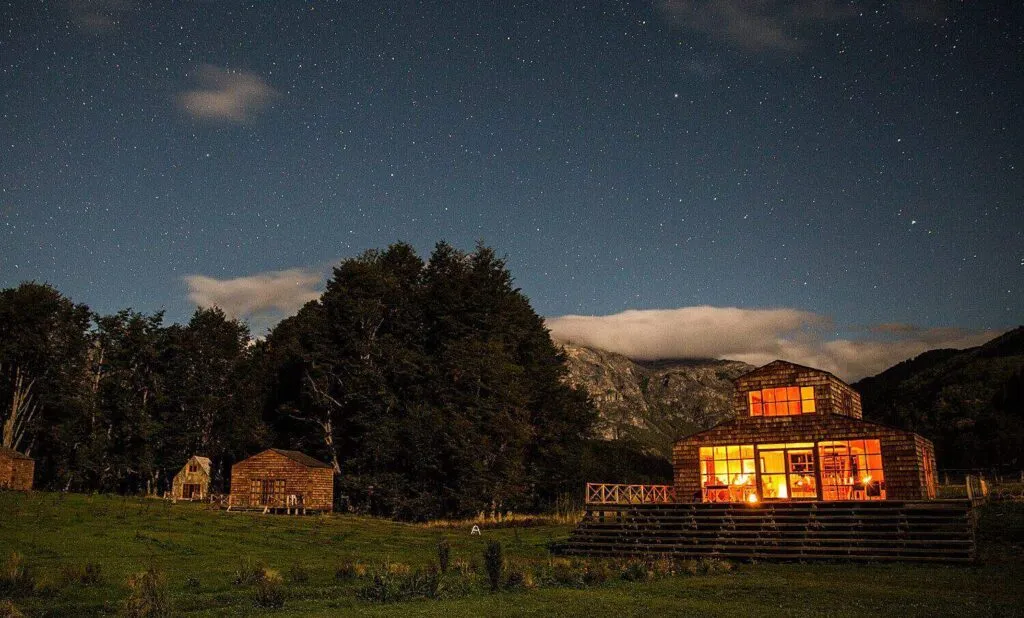
Iconic Itineraries: Conde Nast Traveler’s Adventure In Patagonia
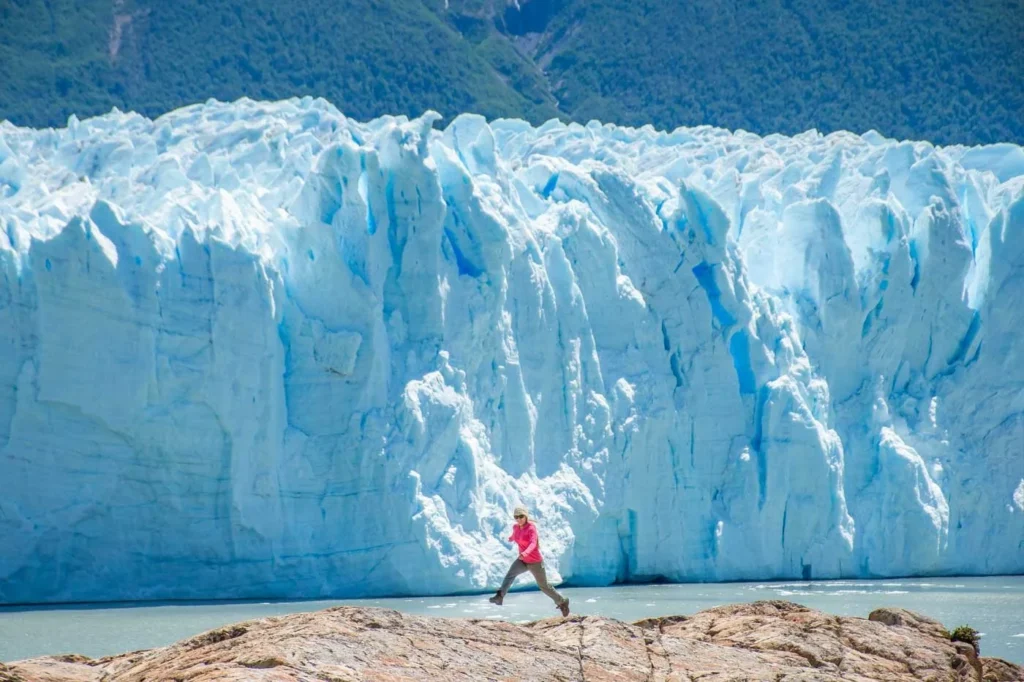
An Adventurer’s Guide to El Calafate, Patagonia
@plansouthamerica
